Influencer marketing is hot! But with all the regulations, can pharmaceutical marketers really utilize influencers to reach consumers and HCPs? The answer is yes!
The following raw, AI-generated transcript is provided as an additional resource for those who prefer not to listen to the podcast recording. It has not been edited or reviewed for accuracy.
Stewart Gandolf. Hi, everyone! Welcome back. I'm glad to be introducing today to a new friend, Malcolm Bohm. Malcolm is a strategic advisor and board member for multiple life sciences, companies and talking offline. A few minutes ago we just realized that I missed an opportunity I could have referred and involved him. So sorry about that, Malcolm, but there will be a next time.
I'd love to start off by just giving our audience a sense of your background, primarily, and then also and give us a sense of what we're going to be talking about today. And we can just dive right in.
Malcolm. Super. Thanks for the invitation, Stuart. So for all of you out there that don't know me. I'm a pharmaceutical physician. I've been in the life sciences industry. For 30 years half of my career was spent in Big Pharma, and then the latter half of my career was actually building and exiting 3 companies, 1st in rare diseases, the second in claims data, and the 3rd most recently was a digital marketing platform built for healthcare. So sort of half and half in the industry and half, and half supporting the industry as a vendor.
Stewart Gandolf. Great, very good. So when I was, we were both attended a medical device conference a couple of weeks ago, and you spoke, and I reached out and I said, Hey, Malcolm, I really, I'm on other things. I like your topic a lot. So give us a sense of what we're going to talk about today.
Malcolm. Yeah, influencer marketing for dummies, I mean. I don't mean that. Disrespectfully. I got introduced to the Creator Economy and influence from marketing about a year ago, and I've had some really remarkable experiences as a result of it. And so I wanted to share some of those learnings and some of those observations with you and your listeners.
Stewart Gandolf. Awesome. I am excited about this. I really thought it was fun, and I learned a lot so hopefully my audience will learn as well, so let's just get off and talk about influencer marketing and we've actually covered influencer marketing recently in a couple of different venues this one, though, is focused really on life sciences which, on the scale of you know, regulation is probably the most in healthcare, certainly isn't easy ever, and but you know you've done influencer life or influencer marketing in life sciences both for involving HCPs and DTC, so I'd love to hear some anecdotes stories. How you would use influencer marketing for each. Just the floor is yours, my friend.
Malcolm. Thank you. You know I spoke to a CEO a few years ago, and I was, you know, suggesting to him that he should do social media marketing, and you know he put up the cross and said.
Do not come near me again. You're the Wild Wild West. I won't do it, you know. I don't want to hear adverse events and stuff in in, in open dialogue on the web that since has passed, and today we're spending a lot of time and money on social media. I was that same guy about influencer marketing about 2 or 3 years ago. I just couldn't understand the concept particularly to direct, to consumer.
You know, you just have these people espousing about products. But I couldn't extend that to a regulated environment like pharmaceuticals or devices or diagnostics. But fast forward here to 2024,
I actually executed an influencer program for a genetic testing company. It was the 1st time I'd done it, and to sort of hedge my bet I did influencer marketing and also an Omni Channel paid media strategy alongside it, and we kind of tried to conjoin the 2.
So it it's really interesting that you know you do have people out there that have very large followings. And they're talking about very specific healthcare issues.
Could be rare diseases or how to manage a chronic disease, how to deal with. You know the mental health crises that people are having, and they speak in such an authentic and incredible an empathetic way that people follow them, and they'll do as they say, and take their suggestions. So you know the concept that we could potentially do something
with a pharmaceutical or genetic test, or a device kind of was a question mark I was asking myself, and what it came down to was. you know. Let's start with a disease state awareness campaign and then bridge to the brand as we start to gain traction.
So let's not start by, you know, just trying to get people to say this brand, you must follow it. Go, go, buy it, and or go ask your doctor for it.
So we launched this campaign, and what was really interesting about the journey was
we had to start with a very clear set. Of what kind of influencers do we want to find.
and we needed to test the nano, the micro, the macro being not quite Kim Kardashian status. But you know a million or 2 followers, and then 500,000 100,000, and maybe 10,000. And let's just see which of these influencers is test pilot. Which of these influencers would make the difference for us.
That was the 1st sort of challenge. How do you find them? And how do you validate that? They're talking about the kinds of issues that you care about the disease issues that you care about and that they're doing so in a way that isn't going to scare the hell out of your brand partners.
The second interesting part was that you know you have to. In a regulated environment like life sciences. You've still got to have a protocol. You've got to have the do's and don'ts. You know, the boundaries are here, and so we had to construct a very clear set of expectations of what they had to. They could say what they couldn't say, it's review their content before it was published.
and so on, and so forth. So on the consumer side, it was a lot easier to find digital opinion leaders, as we call them, dols that are basically consumers themselves. The other side of this was the HCP side, and trying to find digital opinion leaders that are physicians or healthcare professionals, but not necessarily key opinion leaders. And actually, those 2 things are a little bit different.
Key opinion leaders versus digital opinion leaders are don't necessarily mean the same person. In fact, most often they're not the key opinion. Leaders of traditional when we think about them, are not the same as digital opinion leaders. But we had to go through the same kind of rigor of identifying them
validating their audiences, going through the do's and don'ts of what they can and cannot say with a little bit more liberty because they're medical professionals.
So the startup of an influencer campaign was equally deliberate and not really complicated. But you just have to be diligent about the way you do that.
And that was a really important aspect of what we learned.
Any questions, Stuart.
Stewart Gandolf. Yeah, I was just saying, okay, so let's break this down a little bit. So on the consumer side, influencers are notoriously challenging. I won't use the word difficult, but can be very difficult to deal with, and expectation setting control working with them. It's kind of like today's rock stars want only Green M&M’s, so and that's a whole new. Not only was that new, probably to the company that you were working with, but also just
different cultures. So how are you able to find some influencers that might fit for this particular bill? Let's talk about that side first.st
Malcolm. Yeah. So 1st off, really important.
you need to find an agency that specializes in this because you're absolutely right. The contracting process is actually the most painful of all, because each influencer has their own opinions about what the contract should look like. And if there's an agent involved, it gets, you know, potentially more vexing. So you need to find an agency that really knows how to do this. We selected one of the stalwarts in in the world of influencer marketing, which is creators. Entertainment group they started off as a talent management group 25 years ago, managing all of the rock stars. And what have you? And they kind of birthed influencer marketing. So we felt pretty confident about their ability to do this, they use a platform like many of these agencies, do, called CreatorIQ, really, really important that if you're going to consider influencer marketing that you look at Creator IQ and they're competitive. We use that one. We didn't really have a choice. That's what creator entertainment
we're using but it really lets you rank in terms of the followers, and lets you look at specifically the content they're putting out. It ranks the relevancy of it.
And also the amount of engagement which is critical, you can have an influencer put out a post. And just because they have 1.5 million people, you think a wonderful 1.5 million. They're going to see it. It's actually the only the engaged audience and
there are. Some influencers don't actually work very hard to keep their audiences engaged.
So you know, you want to make sure that you're using in a an influencer with a highly engaged audience. That means that you're going to get more organic traction
from it. So using tools like Creator IQ, there are others. That, you know, allow you to really rank and also detail personas
followings, content relevancy scores and also you can do a certain amount of matching of the brand type to the kinds of influencers that are out there.
Stewart Gandolf. That's great. It's funny. We are actually interviewing ahead of another agency just for that reason. And a lot of the stuff you're talking about was the same thing that she's talked about, so not sure if yours will come out first, sit or her talking to an agency about that exact topic. On the HCP side. I'm intrigued. I've worked with thousands of HCPs personally over the year, not just marketed to them. But yeah, interactive with them.
And so that's a special breed. And one thing that you know, Malcolm, I don't know if you can relate to this. But back in the day, when I was doing a whole lot more consulting at that level. You know.
Doctors would just thought marketing was evil. I mean, they would pay money to come and see me speak, and they'd argue with me about it, saying, it's unethical. And today younger doctors a lot of times want to love marketing. It's like it's part of like their job, and they really embrace it when you were looking for. And I thought it was really intriguing that you mentioned that it's not really the same as a kohl. Necessarily, it's like, you know, there's a different skill set, I think, to be able to really build an audience and hold an audience versus someone who's willing to sort of speaks. I had a scientific congress.
Malcolm. Correct.
Stewart Gandolf. So tell us about. Maybe if you're looking for the HCP side, how did you guys, or your agency, you know, find likely suspects who, you know, tends to be a better influencer as an HCP. Give us some insights over there on that side of it.
Malcolm. Yeah. Well, okay, this was an interesting find. So we actually, worked with an agency that had all of their digital opinion leaders under contract exclusively.
So these are people that have been working with them on a variety of different programs already. So they've worked with them so that we're not breaking, you know, breaking ice there.
The company is called Medfluencers, and it's actually the birth of birth by a couple of physicians. An emergency physician, and I can't remember the specialty of the second one. But both of them actually were digital opinion leaders in their own right and recognize the opportunity to service life sciences. So that took a lot of sting out of it for us because we didn't.
We didn't want to play in the Wild Wild West, so working with that agency, gave us the confidence that they had a bench, I think, of about 200 digital Opinion leader HCPs.
Not representing every specialty. So don't get too excited. If you're in. You know, endocrinology, they don't actually have a great representation in every specialty. But where we needed it. It was great.
They have a their own technology that they use to match up the right dol to the to the kind of brand that you're working with the disease specialty and the critical thing with the dols that we found was we wanted them on TikTok. not necessarily on Meta. So this is where we diversified away from
with the DTC. It was more Instagram and the Meta environment, where, with the dols. We were actually dealing more with TikTok, and the reasons why we went to TikTok. We wanted to diversify the channels, but we also find that TikTok has a better reach model than Meta these days, because Meta's so much pay to play, whereas TikTok still has a lot of organic reach that happens.
Stewart Gandolf. Yeah, it's really interesting. You said that because the
we do a lot with our own agency, a lot of Facebook and Instagram advertising, Meta. And people don't understand that they might have 2 to 4% of followers reached with a post organically. So it's like you could, you could spend a long time building a thousand followers and then not read and reach 20 of them, or you could do tens of thousands of people pretty cheaply. So in that regard. There's a lot of advantages over there. But the influencers, a little bit different, a little bit different. Category. Tell us about you also.
and your talk talked a little bit about, and you mentioned it before. But let's drill down a little bit on user generated content. Any specific advice there.
Malcolm. Yeah, that was, that was a really important aspect of our campaign. So you know, the
I'll get to the results in a minute. In terms of the list. But what we decided to do was use creators. Now, these are people who don't have followings. Okay, these are people who are good at producing a video? Basically from a script.
But they do it in their, you know, in their kitchen, or, like me sitting in here in my spare bedroom or you with your music studio behind you. You know they're doing these and you know.
fairly simple production not over produced. In fact, it's sort of low fidelity production which makes it feel a little bit more real, a little bit more raw, and then they overlay some graphics onto it.
so the so the creators this is a new revelation to me. By the way. I should explain. I learned that creators and influencers are very different people. Okay, the creator economy is people, and I call them, you know. Let's just say moms at home, moms, that record videos in their kitchens and about recipes or anything. And people love their stuff, and
and they get paid to produce these videos. So we went out to yet another agency and said, We want to have UGC content
by women over the age of 35 that have in some way, shape or form, been touched by ovarian cancer, breast, cancer or melanoma could be that they're scared for their kids. They lather them in in sun protection cream, and all the rest of it, or they've got a family history. And what have you? And so we were able to find 20
young women about 35 to 40 that recorded these videos. They were set of 30 seconds only because we wanted to put these over paid media. So the user generated content was
produced specifically for the other side of the campaign which was paid. Media. Okay.
so the idea here was that we would have influencers that would be going out to their large audiences.
And we'll talk about how we, you know, structured the content, and scheduled the content and put parameters around that in a second. But alongside that we would actually drive, paid media, and the paid media was really interesting, because we knew exactly which audiences we were going to go, for we were going to target lookalike audiences of the engaged audience of the influencers.
Let me go over that one more time. Okay, so the influencer, let's say, has 1.5 million people, and let's say, 50,000 of those are engaged
with that influencer on any given day. You can take that engaged audience and load it up into Meta and or Google and other platforms and develop a lookalike audience of that engaged audience for that influencer. And so we were doing was, we're putting alternative advertising in the form of user generated content
paid to run alongside lookalikes of the engaged audience that was going to respond to the influence. So that was kind of the strategy that we used.
and it worked very well for us.
Stewart Gandolf. Sorry I got on mute. There! What audience did you, or what agency did you use for the you mentioned a 3rd agency? I'm just curious who it was for the user generator.
Malcolm. Oh, a company called Expeerly. She's actually based out of Switzerland.
But she has thousands and thousands of creators actually, in many, many countries that produce this user generated content.
For and not just life sciences. They do it for all kinds of different industries.
Stewart Gandolf. So the idea! I love the idea of scaling with the paid and doing that based upon the lookalike audiences which is awesome.
Have you done that? Is this all new to you? Is this all new program? Putting this all together? Or how did you get that inspiration.
Malcolm. It. I all knew to me. And it was my inspiration I mean I.
Stewart Gandolf. Great Idea.
Malcolm. Yeah, it was just like, let's do this. You know everybody.
I wake up, Malcolm. You gotta get up and, you know, get contemporary.
so you know the paid media and the Meta stuff was really my bread and butter in my last company. But influencers was something that I had really stiff, armed for a long time.
But, you know, when I start to see, you know just my myself going on TikTok. I follow this cardiac surgeon, who gives tips every day about how to
do better with your heart and kind of things that you should avoid, just as a regular consumer. I follow him every day. I think he's fantastic. And so I was watching myself watch these things, and thought to myself, I need to get in on this action. So I actually went to a creator. Economy live summit in Las Vegas in January of this year, and that's kind of where the inspiration came from. I had no idea that this was such a movement.
And it's powerful, Stuart. It's really powerful.
Stewart Gandolf. I love it. I think it's really fun. I mean, there's so much application. That's something. I love that to me. What makes this job. Fun is the inspiration. Talking to the smart people and say, Okay, how can I apply that in my life? So hopefully, our audience is thinking the same way. So I want to talk about results. But you also in your notes. We talked about a little bit about
disease, state awareness, or unbranded versus branded, and how to do both. What are some of your thoughts there on this topic?
Malcolm. Yeah. So in this case, the Genetic testing company that we were working with.
they were completely unknown brand in the United States. They had some foothold. It's an Australian company. They had good foothold in Australia, headquartered out of Melbourne, really interesting working with them. But absolutely really no brand recognition whatsoever, both at the ATP level or the DTC level
and their tests are a little bit different. They measure the risk of potentially getting a disease based on your genetics and also some relevant parts of your medical history. So we take breast cancer, which was what we were piloting in this campaign, you know, if you have dense breasts.
history of breast cancer in your family, etc., then there's a higher likelihood of breast cancer. But, moreover, they test a lot of different genes that people are not aware of that cause sporadic breast cancer. So we all know the Angelina Jolie story, which is the BRCA1 and BRCA 2 genes. But those only account for about 8 to 10% of breast cancer incidence. So 90% of breast cancer is captured in in sporadic disease. And these tests actually will give you
your risk for contracting that kind of that kind of cancer. And they have a whole range of these disease risk tests. So it's a new category of risk test, not a detection, not a diagnostic
and a completely unknown brand.
So you know, we decided, look, if we try and hammer the brand
kind of out of left field to people with this new category, it's not going to go. Well, we need to actually talk about design defining what risk is and how you know changes to lifestyle and activities that you can take to reduce risk of certain diseases. So we did a disease state awareness campaign typically unbranded is the way we refer to it as. And then the branded came, came, came, came, came after we'd established some credibility, and some following with these audiences.
I should also say that we. We did
build their social presence, using the disease state awareness on branded approach.
When they arrived on our shores, so to speak, they had about 2,000 people on a Facebook page. And we got that up to 20,000 people in 6 weeks
and took the engagement level from 0 to 17%, which is pretty darn good. And we had a lot of women talking about their risk and what they had been through, and that was really the virality that we were trying to generate. And then, once you've generated, once you've established
that beachhead of sort of thinking about gosh! Could I be at risk for breast cancer amongst these female audiences?
You! You can then introduce the brand, and that was another layer of paid media where the branded advertising was going to come around in a 3 60 surround sound
around the rest of the campaign.
Stewart Gandolf. Outstanding. So let's talk a little bit about the results. I mean, how did this all go, and any other insights you'd love to share.
Malcolm. Yeah, well, it it was. This is why I'm on this podcast talking about it because it was really astounding. We increased sales by 500% in one week.
Stewart Gandolf. Wow! That's it.
Malcolm. It was insanity. You know it was one of those ones where you wish you had a little bell, for every time the checkout rang because it was just going to go ding, ding, ding, ding! And it really did. It was amazing. As soon as the influencers turned on their content. I'll come back to the scheduling of that in a minute.
That the bell started to ring. I mean it was. It was almost immediate, and I was floored, because this is the 1st time I'd really seen. Wow! These audiences that are faithful and follow these influencers really do act. I had heard about it sort of, you know.
fabled stories of massive lifts in sales. But I never believed it. And this was, you know, life sciences, brand. But it worked. It worked really, really well, and people were moved to purchase these tests that give them their risk over 5, 10 years and lifetime risk
so it was interesting. And the other thing I should mention about these tests is that there's an HCP involvement via telehealth to adjudicate whether or not, the test is approved is prescribed, so you can't just buy it. You have to buy it, and then actually be approved to have the test.
And so, you know, it is not quite straightforward to just buy it off the shelf, which also added, sort of you know, delight to us because it was an extra step that was involved.
You know you come in, you. You start your checkout. You then have to be adjudicated, prescribed the test, and then you could actually pay the money and go through the process. So the increase in sales was immediate. It was fantastic. What we learned, though.
with the influencers was when they stopped talking about it. The sales stop very quickly.
you know, because they're off to the next thing I mean, these influencers are pretty. You know they're pretty busy. So one of the things that we learned was, look you, you have to set constraints around the content. And we have to sort of step in and change the rules for the influencers, because if we didn't say Hey, no other story for 12 h after you've done ours. Then more fool us because they would immediately, you know, go to the latest diaper and talk about the latest diaper immediately after our life sciences. Genetic risk test
a story, and it didn't. It didn't jive. So we learned a few things along the way that you know you have to make sure that you. You give your content some real window, and also you have to give it a timeline. So your story is here, but then there's posts that follow, and then there's a permanent link that needs to be put up on the on the profiles. All of these things we were. We were learning sort of on the fly
to get it to work better for us.
And then last thing to say about the UGC. Which was going over paid media. While this was happening.
those videos generated a hundred 50,000 link clicks for us in a month.
So we generate a lot of activity at the website. And what we found was when that UGC video paid media was in sync directly with the influencers and what they were doing. Sales shut up when the influencers came down and their stuff started to wane the paid media. It also plateaued a little bit, but it then became more sustained. So you could see how the influencers were really impactful to almost like jump start the whole campaign.
Stewart Gandolf. Yeah, it's really interesting, because the user generated content and paid media is scalable. And that's that.
Malcolm. Yes.
Stewart Gandolf. You can control that. You've got lightning in the bottle with an influencer. But, like you said, when it's over it's over they're onto the next thing. So like you've used it more as a catalyst like starting the campaign off and running. Are you still using some of that user generated content for this client, are they still?
cause? That's an asset you guys build. I'm assuming you got the rights for that. So you can continue to use.
Malcolm. Correct. That's right. That's right. So when you when you do, when you
sponsor that user generated content, that's another part of the pie that you've got to be really careful about that. You do get the rights to be able to use it. In this case we get the rights to use it for at least 12 months, and if we want it for longer than there's a longer license and you can negotiate, and that's exactly the same with the digital opinion leader. HCPs, same thing. You have to be really clear how long you want that license for and that HCP digital opinion leader, content is a lot more expensive audience. It's a lot more expensive.
you know, these are these are doctors under exclusive relationships with large audiences, and they expect to be paid well for their time and their opinions and all the rest of it, but very, very important to have them alongside, because just having.
you know, influencer X for consumers. Is not this nearly the same gravitas as Dr. So and so from John Hopkins doesn't necessarily mean the consumers will know that individual very well, but it has a very, very important halo effect.
Stewart Gandolf. So when you're using HCPs, were you using the HCP for credibility towards consumers, or were you trying to influence other HCPs? What was this guy.
Malcolm. It was actually both. And that's where they both came into my notes. You know the without the info, the digital opinion leaders actually also going over consumer audiences, I think we would have lost traction. It wouldn't have been quite as successful. But you know we were
purposefully putting out the HCP. Content over the consumer audiences at the same time. So we would have a user generated content by a young lady, let's say, 40 years old who was talking about her experience, and then we would also be peppering, peppering those same audiences with individual HCP. Vignettes as well. So those are really important to mix together. And then, on the other side, of course.
polygenic risks testing. It's not gained a lot of traction in medicine yet. It's very important, I think, but it hasn't gained a lot of traction yet. And so showing PCPs in particular that this is actually something that you can use without needing to be a specialist, to determine whether or not your patients should, in fact, be referred to specialists, or should, in fact, be looking at lifestyle modifications really, really important, that polygenic risk testing was given some credibility from opinion leaders.
Stewart Gandolf. So I'm going to come back to the future in a moment. But you did mention when we talked about this, and you've already talked about some of your specific agencies and some of the tools. Are there any additional
tools you think people should be aware of? Or we talked about the agency side, I think, but I'm just curious cause. That was.
Malcolm. Yeah, so greater. IQ was an important one, but the other one, which is tremendously powerful, platform, is called StatSocial.
And I'm a big fan of StatSocial. Let me explain very briefly what it does. So in the old days, in the very old days of Facebook, you could target on certain medical conditions if I wanted to go after. Let's say arthritis, you could target arthritis and as an interest group, and it would be delivered to people who've talked about arthritis have liked arthritis, etc., etc. Since then.
Facebook and Meta have redacted our ability to do that start social brings it back for you, because what they're doing is they're identifying everywhere where people are following influencers and creators that are talking about whatever topic you want. and those can be on TikTok or Facebook or Meta or Google Reddit core. It doesn't really matter the core thing that they were able to do. Is get the emails of those people that are engaged around those around those influencers and creators. And the email then, is loaded up as a custom audience and lookalikes are built off of that, and that's what the output of stout social is. It allows you to go and say, I want people who are talking about diastolic blah, blah blah or pulmonary arterial hypertension. or whatever disease it may be, or symptoms thereof, and you can build an audience and then build lookalikes on top of that. And that's that was a really really powerful extension. I had not seen something that gives me that fidelity and targeting in a long, long time, and I was very excited about it, because, you know, my last company grew up on the ability that we could target across the medical dictionaries, and when that was when that was redacted we had to do major pivots at our company.
Stewart Gandolf. Yeah, I've heard stats social a lot in recent conversations. So that's really intriguing to get that point of view. Couple last questions. One. any special topics, you know. Given that this is a little bit different kind of a company. But on the regulatory side, were there any challenges that you saw that you guys had to overcome, or anything, or just in general with this topic, people should be aware of and start getting into life sciences that anything at all like misc. tips, whatever.
Malcom. Yeah, so as you might expect with life sciences. The run in period was longer and more painful than the actual campaign itself. So, working with medical, legal, regulatory, we had to align those forces with us.
And you know, in some cases it was totally new territory for the legal people, and so, you know, we had to beg them to tell us. Don't tell us how we can't tell us how we can and so that was interesting. just a heads up it. It's a longer running period. So when you're planning for a campaign plan at least 3 to 5 months of putting this whole thing together, because once it goes, live the cats out of the bag, and everybody's, you know, got to be really, really confident that everything's okay. So that was, that was an important lesson.
And I could tell you there was quite a lot of late nights and sleepless nights as to whether or not we were going to pull this off. But we managed to do that. But yeah, it's, you know. It's like social media, like I said at the beginning, you know, 10-12 years ago. [doctors said] - no way, we're not going there.
And that's kind of the ground. We're breaking with influencer marketing in Pharma.
Stewart Gandolf. Alright, that's excellent. So one more question about the specific client. So they put a lot of money and time into this. It certainly couldn't have been inexpensive. Are they using the platform? Are they going to? Is this just the 1st phase of, I mean, that's something that's confidential. But like it feels like to me. You have the bet you've created all these assets. This is the foundation of sort of whole broad new horizons — is that fair to say?
Malcom. 100%. So when we did this with them, we told them, look, you know what we're gonna have to make an investment here. And the investment is gonna create assets that will have a life beyond the pilot.
If the pilot doesn't work, then at least we can say we tried everything, and this brand is not meant for consumers, or you know, or physicians. It's just not going to get the uptake that you hope. and they had tried a lot of things before it. It hadn't lifted off. Part of that was because, you know, Polygenic risk is still young in its acceptance. So yeah. there was a significant budget.
But it is. It is continuing today. and successfully. So.
Stewart Gandolf. Great, you know. I think it's one sort of comment. I think the test that you chose was a good one. That's something that it's emotional. It's a high risk in the population. It's not some really non emotional, rare thing. You know, women are concerned about breast cancer, just like men are in prostate cancer. So for that being starting, there is probably a really good idea, cause it's the kind of thing that would relate to broad audiences.
to, I guess, any final comments, anything we missed, or especially advice to people that are considering this within any category of life, sciences, or anywhere, any other final thoughts.
Malcom. Well, I just go back to what I said previously you have to use professional agencies could be your agency, Stewart, but you need to go. Don't think for a second that you and your brand team can pull this off. You're gonna be stuck in contract land for a long time dealing with minutia that you're not. You're not trained to do. This is this is where specialist support is needed, and I just threw my ego out the window with this one, and you know just belt and braces you know, did the RFPs. And made the selections.
You do need specialist support. You need specialist tools. You can't just rely on gosh! I saw somebody on TikTok yesterday, and they had a viral video about you know, heart disease that's not good enough.
Stewart Gandolf. You know, that's so funny. And I think of. you know, going through this campaign and one of our things when we talked to such perspective clients about healthcare marketing are all the specialists. And so we have a lot of people internally. If we were going to do this with influencers, we work with a partner, and we have partners for that, because it is specialized. And the other thing that you made me giggle there a second ago, because some people say, Okay, we'll do this. But what you know if we're not getting the phone ring by the 1st week, then what looks like it's gonna cancel. You really shouldn't. Even if you're looking at the exit before even start. This is not a place for you. There is a lot to this, this is just the legal fees alone were probably substantial. And then those different agencies and
your time, then the influencers themselves and the media costs like there's a lot there. So I guess there's a more of an enterprise play. But I gotta give credit to your client to having the sort of commitment to doing this the right way. You're getting it, you know. A lot of times people are afraid of being the pioneer because they're afraid to be getting arrows as opposed to the rewards. But good job, I remember now I liked your talk so much, Malcolm. This is great, so thank you for us, and hope to have you back someday, and hope to work with you on a mutual opportunity here in the future.
Malcom. Thanks so much, dear, good to see you cheers.

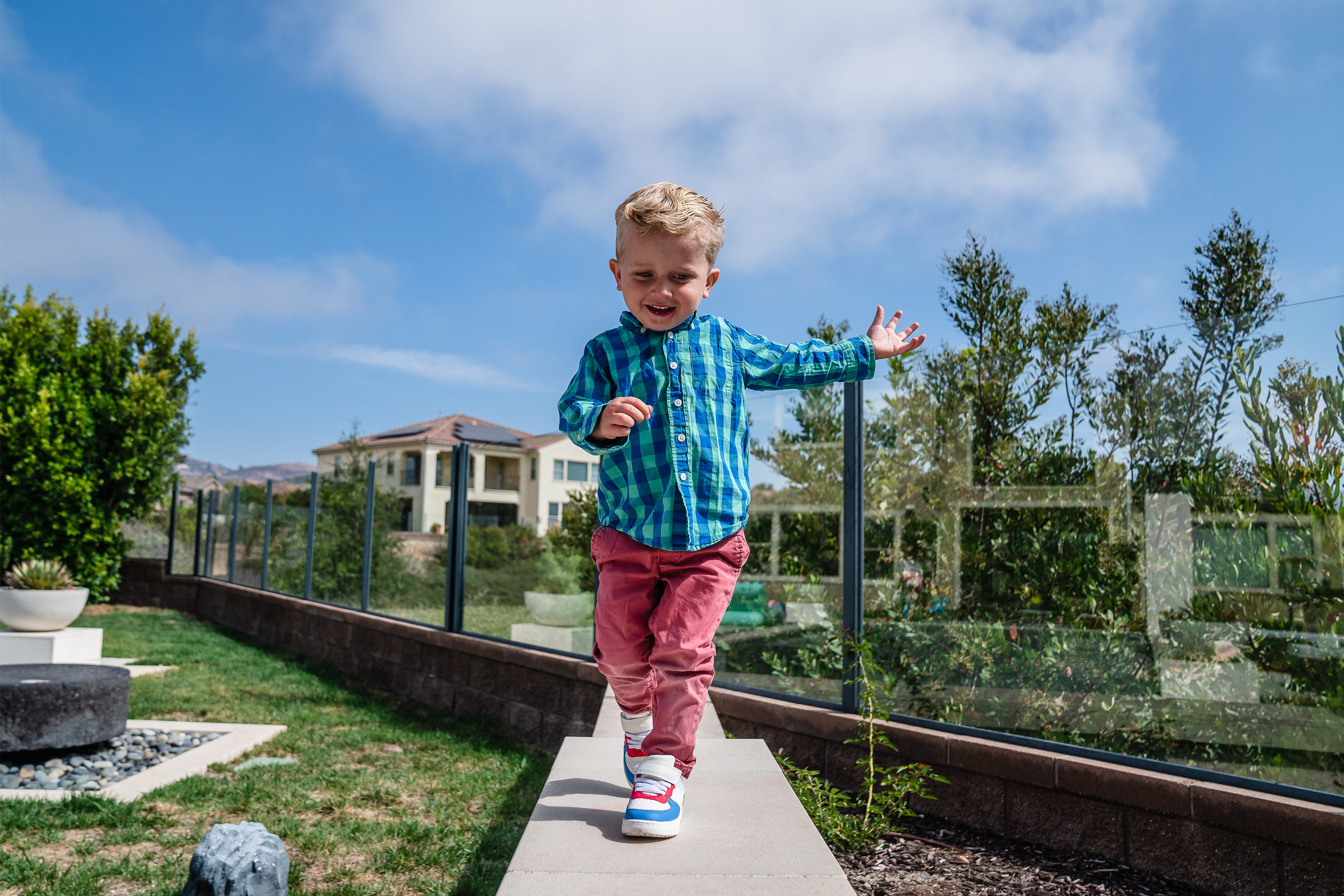

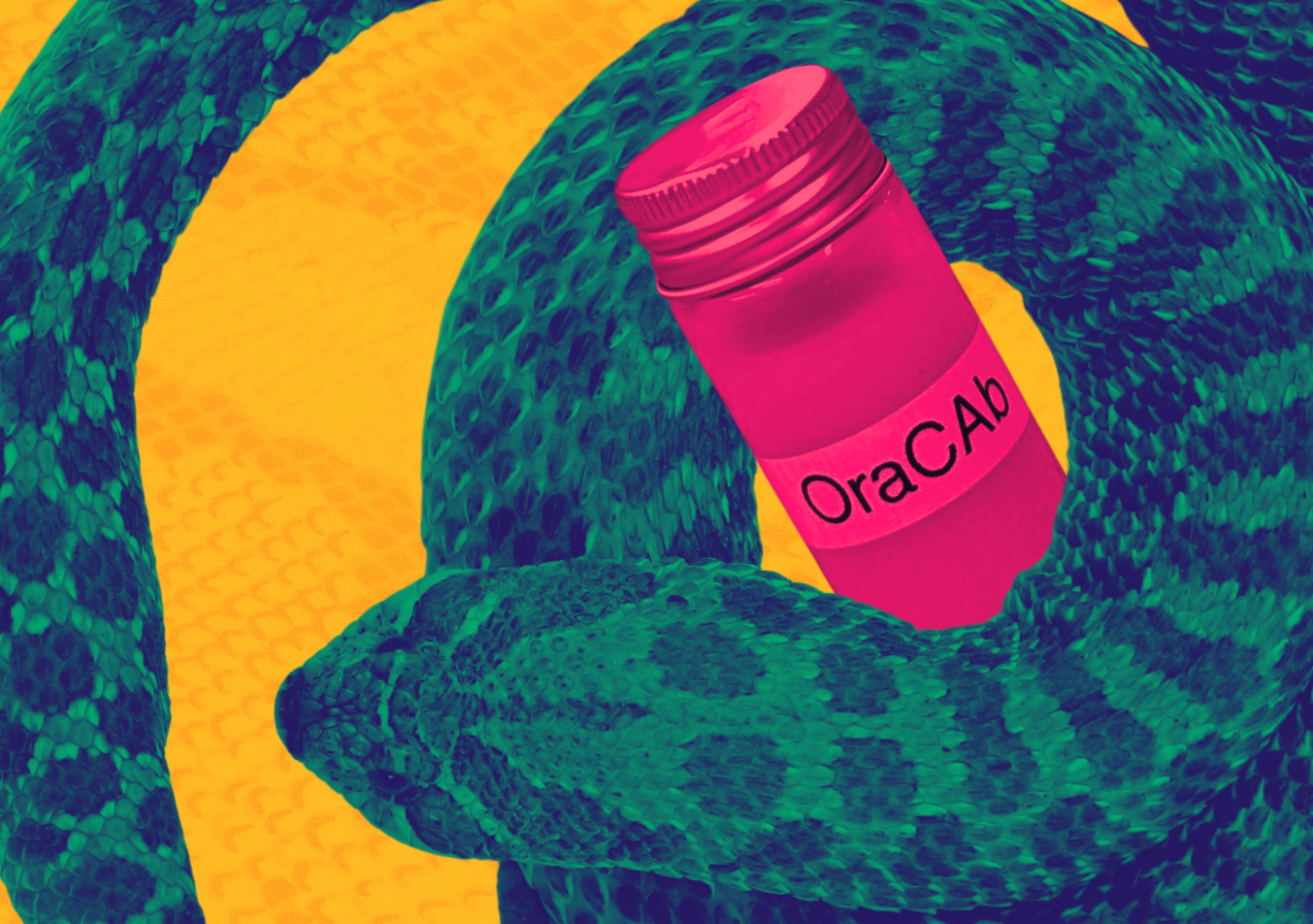


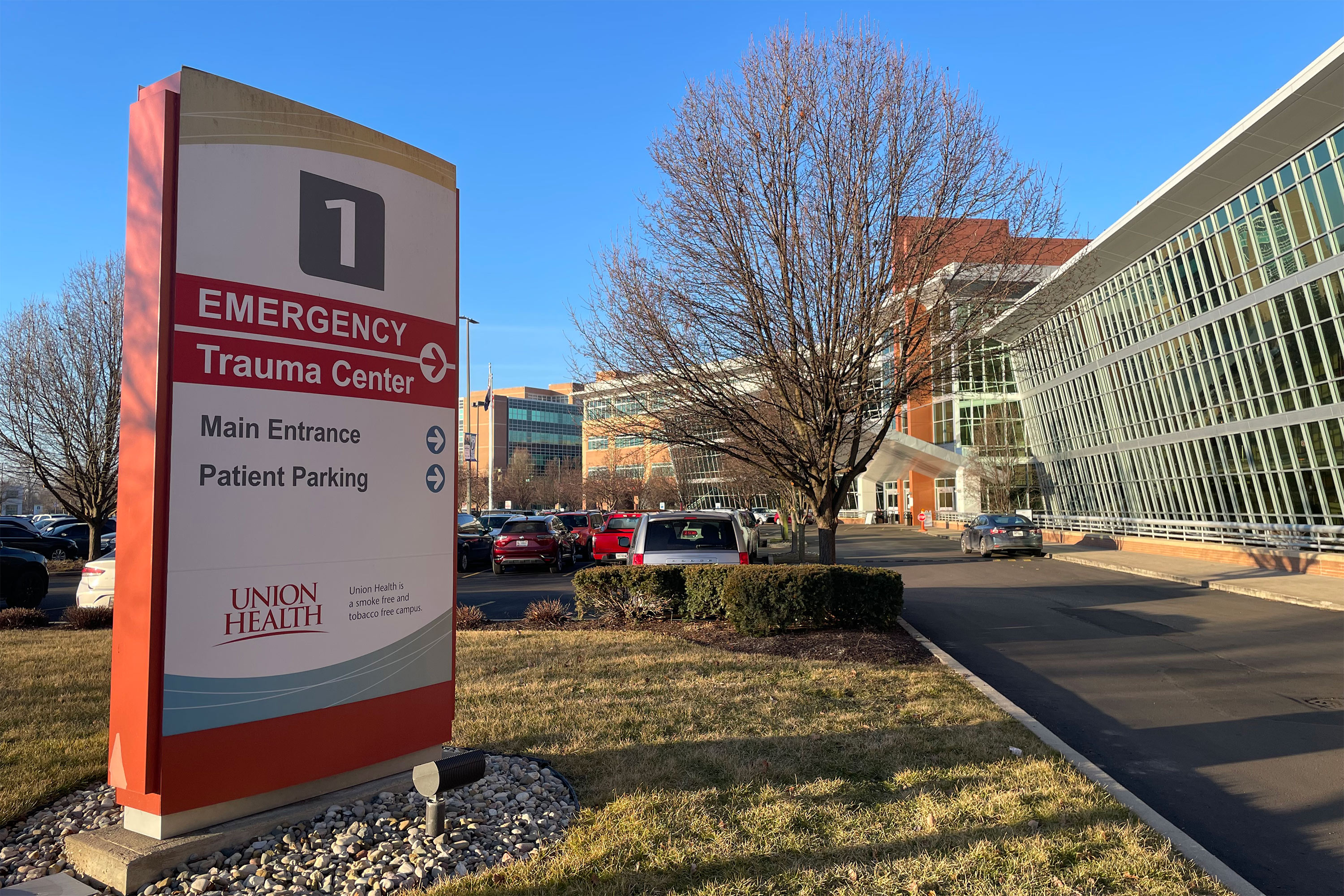

![Healthy High Protein Oatmeal Chocolate Chip Breakfast Bars [gluten-free + no added sugar]](https://i0.wp.com/healthyhelperkaila.com/wp-content/uploads/2024/11/OatmealChocolateChipBarsFeatured.png?fit=1536%2C1521&ssl=1)


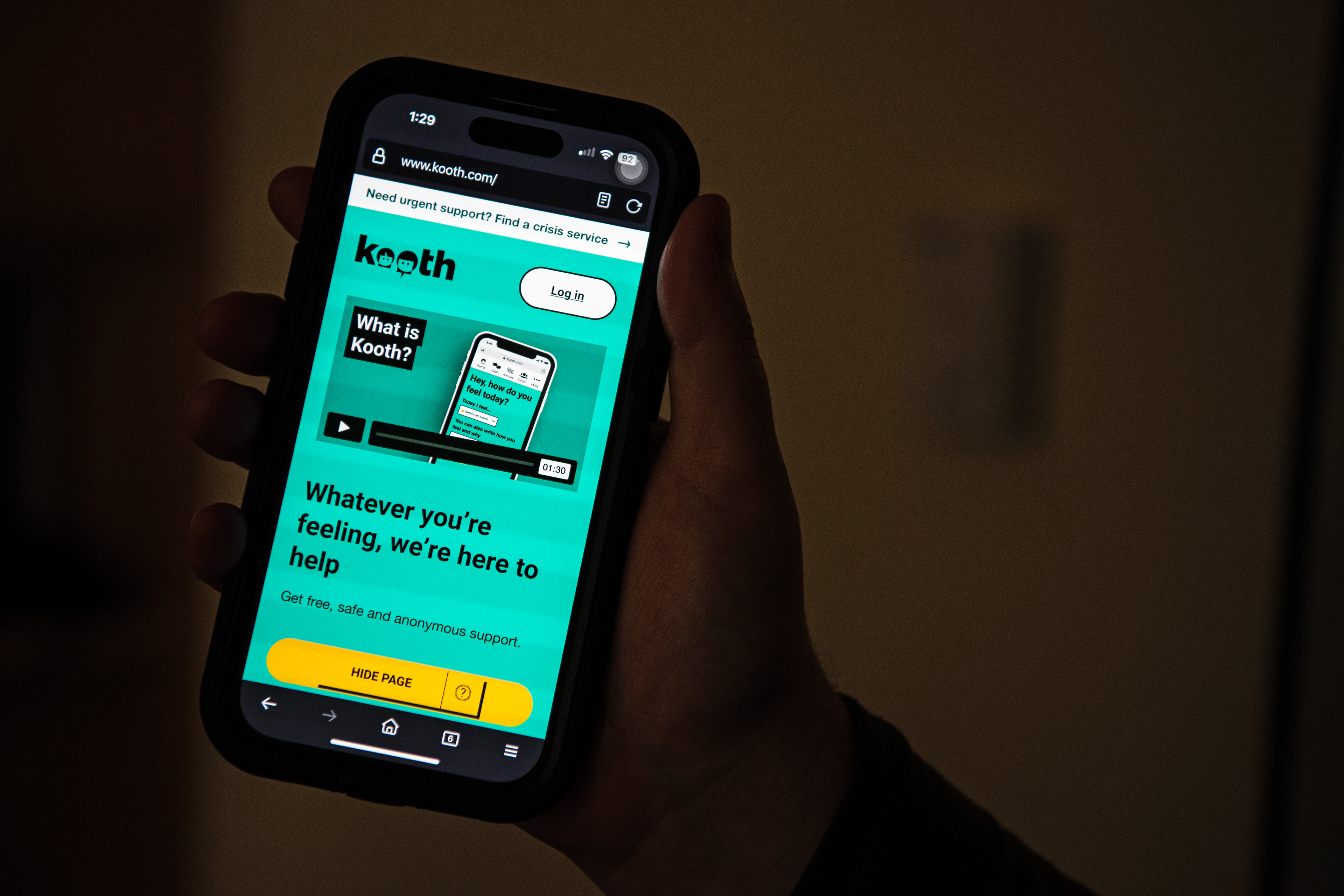


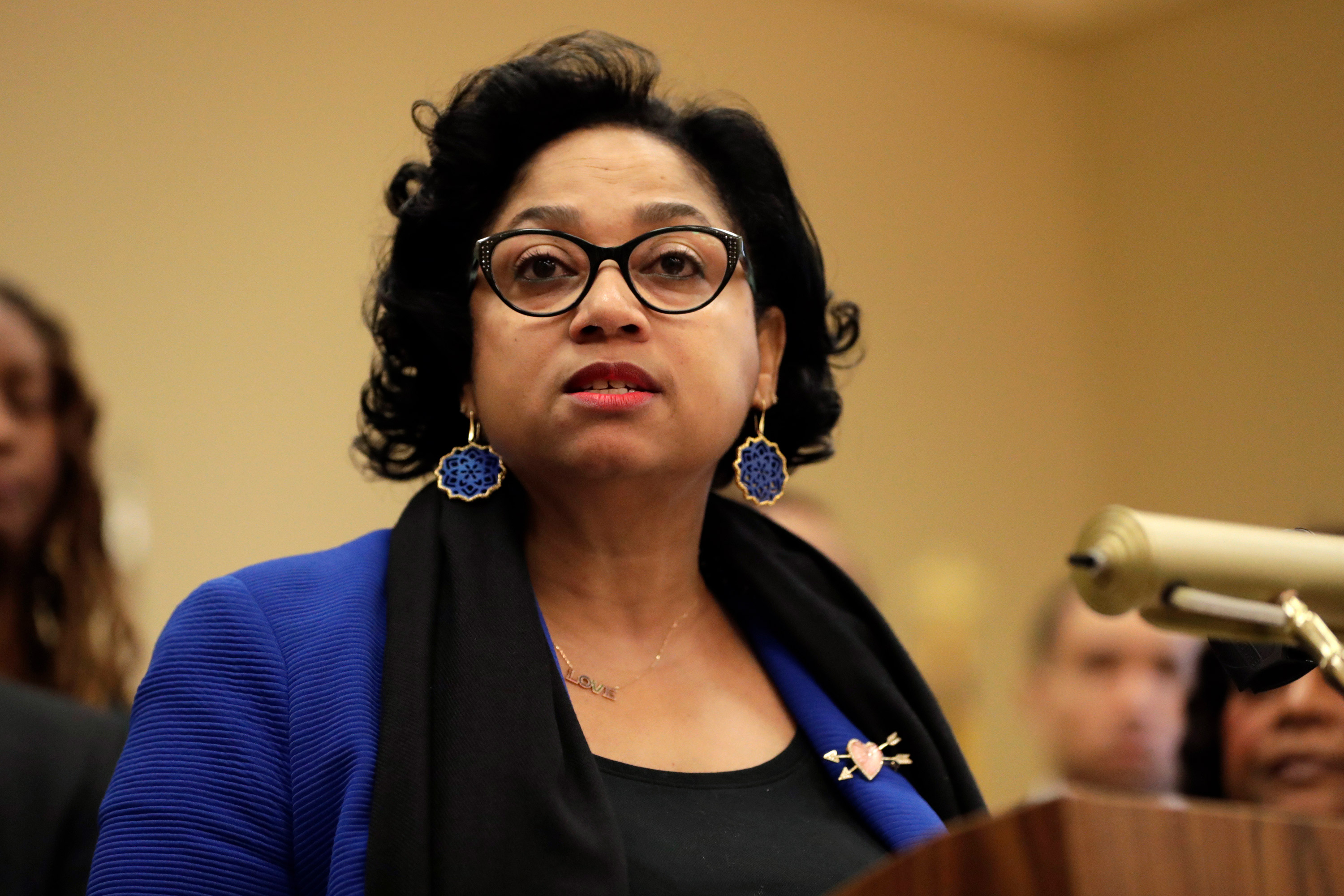

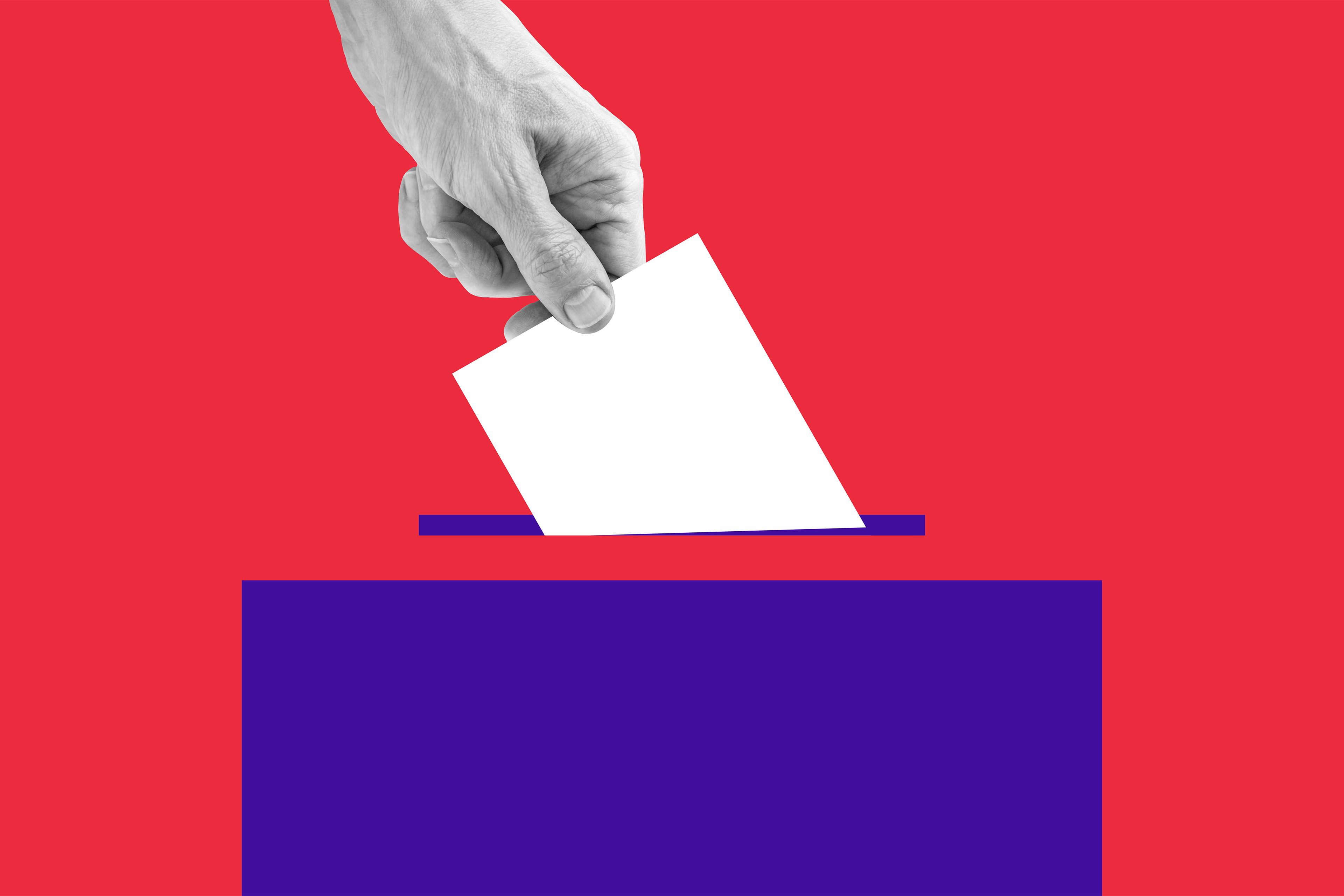
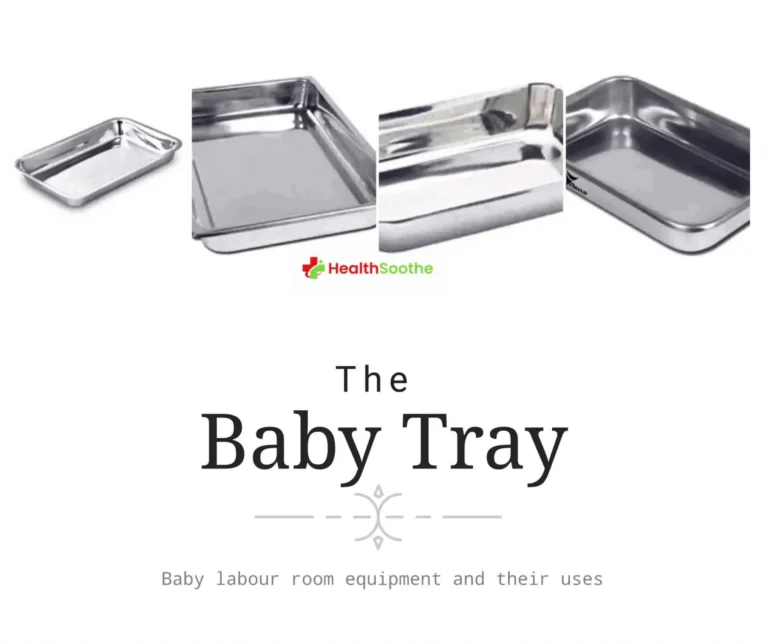
 English (US) ·
English (US) ·